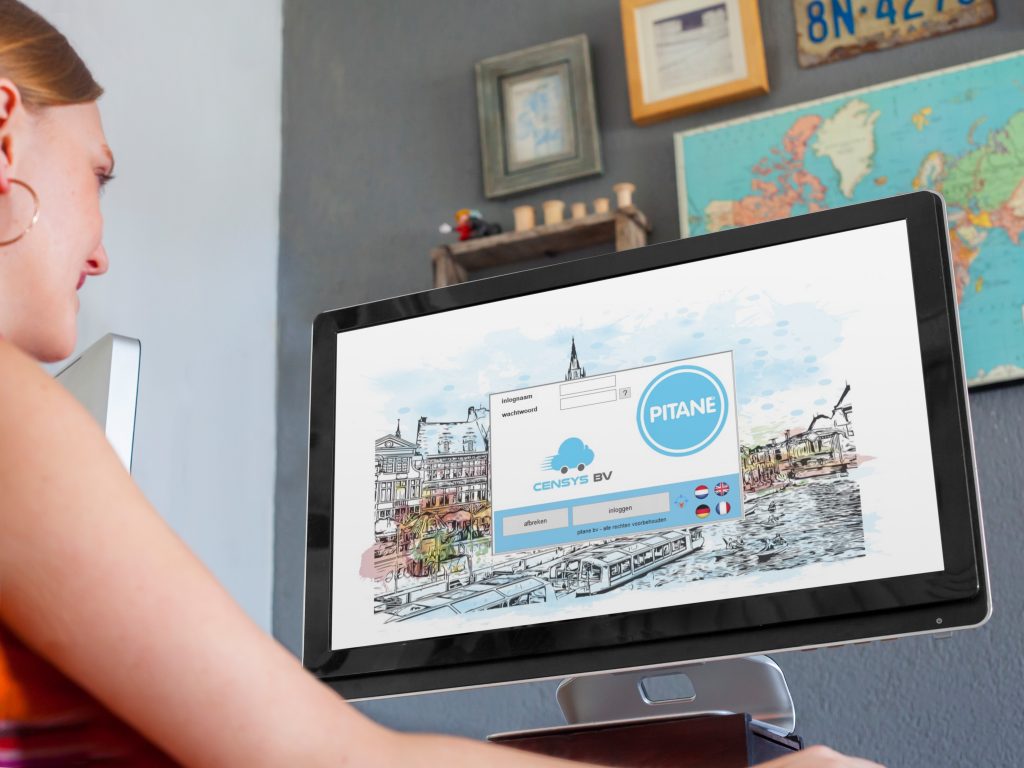In 2020, the electric car will finally be within reach of consumers. Partly thanks to the purchase subsidy, a significant group of private individuals switched to electric driving in the past year. The electric car had been popular with lease drivers for years. The total number of electric cars on Dutch roads rose to almost 145.000, doubling compared to 2019, according to the Electric Driving Monitor recently presented by the ANWB for the fourth time via a press release on their website.
The positive development of electric driving has several causes. The current range is increasingly in line with consumer needs. The number of models in the price range up to 50.000 euros rose from 22 to 31. The average range also increased sharply and the total cost of ownership of an average electric car is now comparable to that of an average petrol car. What also helps is that the fast charging infrastructure in the Netherlands has expanded considerably. The number of Dutch people considering purchasing an electric car within five years rose from 20 to 26%.
Despite the purchase subsidy, an electric car is not yet a viable option for everyone. For many private drivers, the high purchase price is still the biggest stumbling block. In the price range up to 25.000 euros, an electric car is quickly 9.000 euros more expensive than a comparable petrol-powered car. In addition, there are now only 6 models in this segment for the consumer to choose from.
Main reasons for choosing an electric car:
- Environment 60%
- Never refuel again 32%
- Economical to use 31%
- Prepared for the future 27%
- Good driving characteristics 27%
Most important reasons for not choosing an electric car:
- Too expensive to buy 50%
- Range insufficient 30%
- Too few charging stations 27%
- Current car is not yet due for replacement 27%
- Quality / lifespan 23%
It has been agreed in the Climate Agreement that all new cars sold must be electrically powered from 1 January 2030. According to the ANWB, it is necessary to keep the purchase subsidy to achieve this target. In addition, it is important that the number of affordable models is expanded and that a wide second-hand market is created. With the Electric Driving Monitor wanted to ANWB inform its members and partners and encourage electric driving in the Netherlands.
Photo top right: ANWB image bank.
Also read: Motorists do not know how smart assistance in the car works






